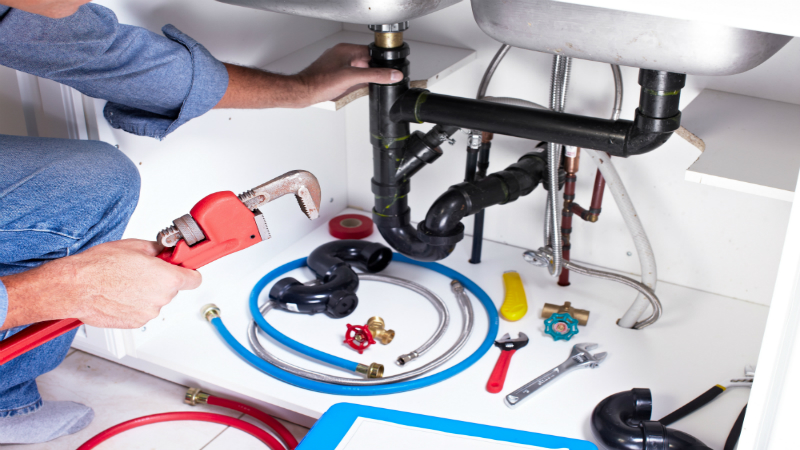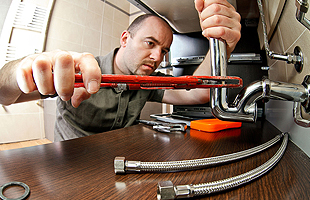Maintaining a properly functioning sewer system is essential to preserving and stretching a municipality’s wastewater infrastructure investment and budget. As sewers start to age, there are a number of ways that they can start to fail. Deterioration, blockages and collapse are among common problems that can occur within a sewer system. To avoid these issues, many cities and towns are performing sewer inspections.
Sewer Inspection Programs and Techniques
Inspection programs are required to determine the condition of the sewer system and help plan a maintenance strategy. There are a few different techniques currently being employed.
* Closed-circuit television (CCTV)
* Cameras
* Visual inspection
* Lamping inspection
Closed-circuit Television
CCTV is the most commonly used technique for sewer inspection. Minneapolis and other metropolitan areas find it to be the most cost efficient and effective method. CCTV inspections are recommended for sewer lines 4-48 inches in diameter. The CCTV lens must be constructed so that the lens is kept as close as possible to the center of the pipe.
In large sewers, a raft is utilized to float the camera from manhole to manhole. In smaller sewers, a sled is used to perform the same function. The cameras and lights swivel in several directions in order to obtain images of the sewer walls. The video record becomes part of the documentation for future records and helps to create a successful operation and maintenance program.
Cameras
In large systems where the surface access points are further apart (1000 feet or more), camera inspections are used. Raft-mounted film cameras and strobe lights are sent in to the sewer. Because less power is used than in CCTV, the power cable is smaller and more easily maneuvered. Rather than a video record, still photographs are taken and referenced in a log book according to date, time and location.
Visual Sewer Inspection
Visual inspection is an important part of fully understanding the condition of any sewer system. These are used for manholes and pipelines. Special attention is paid to the surface of the pipe, as well as internal inspections where possible. Operators are looking for sunken areas in the groundcover above a sewer line and or areas with ponding water. Inspectors check the physical conditions of stream crossings, the condition of manhole frames and covers or exposed brickwork, as well as the visibility of manholes or other structures.
For larger lines, a walk through or internal inspection may be utilized. The operator physically enters the manhole or pipeline and performs the inspection from inside. The condition of all portions above the flow line are assessed. All OSHA confined space regulations must be followed. If entering the manhole is not possible, a series of mirrors are utilized to reflect the interior to the surface.
Lamping Inspections
Lamping inspections are used for low-priority pipes, which are generally pipes less than 20 years old. They are also used where funding is limited. A camera is lowered down into maintenance holes and then positioned in the junction of a manhole frame and the sewer. Images of the pipe interior are then recorded.


